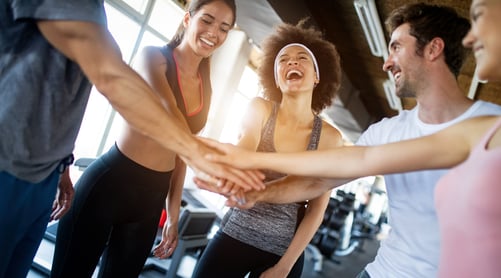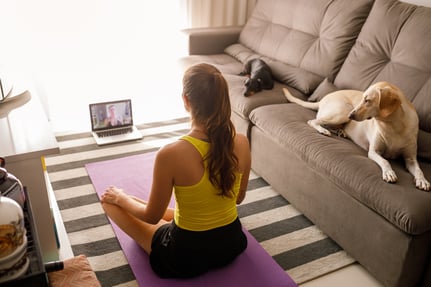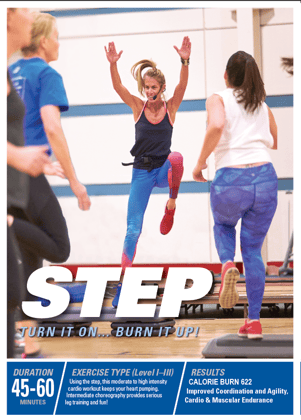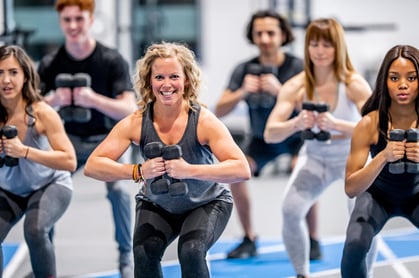 Being a triathlete, most of my winters are spent stuck on the bike trainer or swimming countless laps in pools. When the weather finally breaks, I make every attempt to get outside and enjoy the outdoors and here’s why you should give it a try!
Being a triathlete, most of my winters are spent stuck on the bike trainer or swimming countless laps in pools. When the weather finally breaks, I make every attempt to get outside and enjoy the outdoors and here’s why you should give it a try!
The Freedom of the Open Air
Working out under the open sky offers a sense of freedom and space that’s unparalleled. The fresh air, sounds of nature, and ever-changing scenery make every session unique and invigorating. Whether it’s a local park, bike path, or hiking trail, each setting provides a dynamic environment that keeps the workout engaging.
Variety and Community
One of the biggest benefits of outside workouts is the variety. Nature provides a natural playground with endless possibilities:
Trail Running: Great for cardiovascular health, building strength, and everchanging scenery.
Park Circuits: Use exercise stations or open areas for bodyweight circuits.
Outdoor Yoga: Enhance your practice in a serene setting and soak up the sun.
Outside workouts also offer a sense of community. Joining a local running club, fitness club, or participating in outdoor boot camps can lead to new friendships and a supportive network. I recommend our Free Tabata in The Park series at White River State Park. It’s a fantastic way to meet like-minded fitness enthusiasts and enjoy a high-intensity workout in a beautiful setting. We meet Tuesdays and Thursdays at 12pm in White River State Park directly across from the NCAA.
Practical Tips for Starting
Start Slow: Ease into outside workouts with short sessions. Understand that the heat will slow you down.
Dress Appropriately: Wear suitable clothing and footwear for the weather.
Stay Hydrated: Always carry water, especially in warm weather.
Be Mindful of Safety: Choose well-lit and populated areas and carry a phone for emergencies.
Have fun: Remember to smile and thank your body and mind for allowing you to practice fitness outside.
Outside workouts have been a game-changer for me. They remind me of the joy of being active in nature and the benefits it brings, both physically and mentally. If you’ve been feeling stuck in your fitness routine or want to try something new, step outside and give it a go. Your body and mind will thank you.
Stay active, stay healthy, and enjoy the beautiful outdoors!
Our Women's Triathlon Training program kicks off next month. Join us for our 8-week training program with Kris and Tim! Click here for more information or to register!




 The current COVID-19 pandemic is unlike anything most have experienced in their lifetimes. The dangers of this virus are still real and need to be taken seriously. Even though it seems monotonous, it is important to recognize the importance of wearing a mask and maintaining physical distancing, because at times it seems the public is becoming numb to these terms.
The current COVID-19 pandemic is unlike anything most have experienced in their lifetimes. The dangers of this virus are still real and need to be taken seriously. Even though it seems monotonous, it is important to recognize the importance of wearing a mask and maintaining physical distancing, because at times it seems the public is becoming numb to these terms. 
 How do you define fitness? Whatever your answer is, it will shape the way you work out, influence the goals you set, and impact your long-term health. Although everyone might have different perceptions of what “fitness” means, the American College of Sports Medicine has defined what
How do you define fitness? Whatever your answer is, it will shape the way you work out, influence the goals you set, and impact your long-term health. Although everyone might have different perceptions of what “fitness” means, the American College of Sports Medicine has defined what 